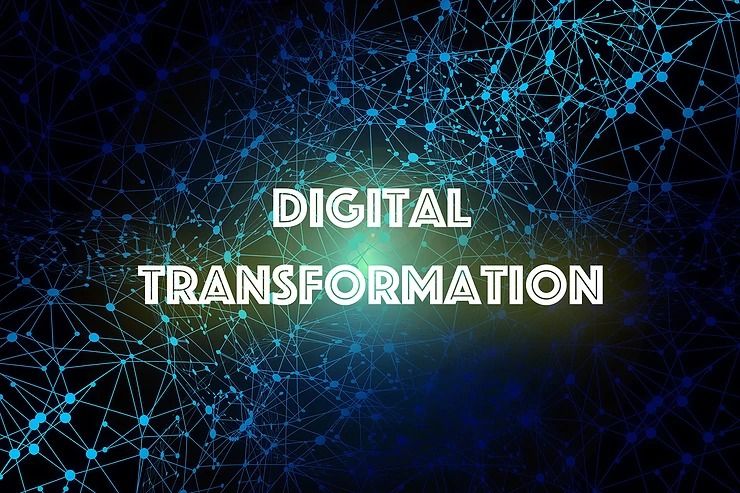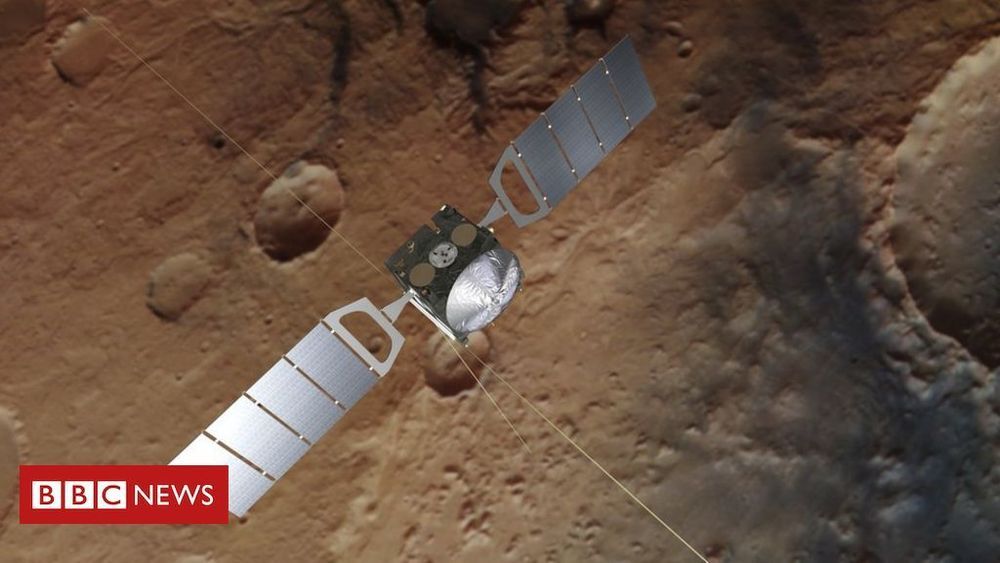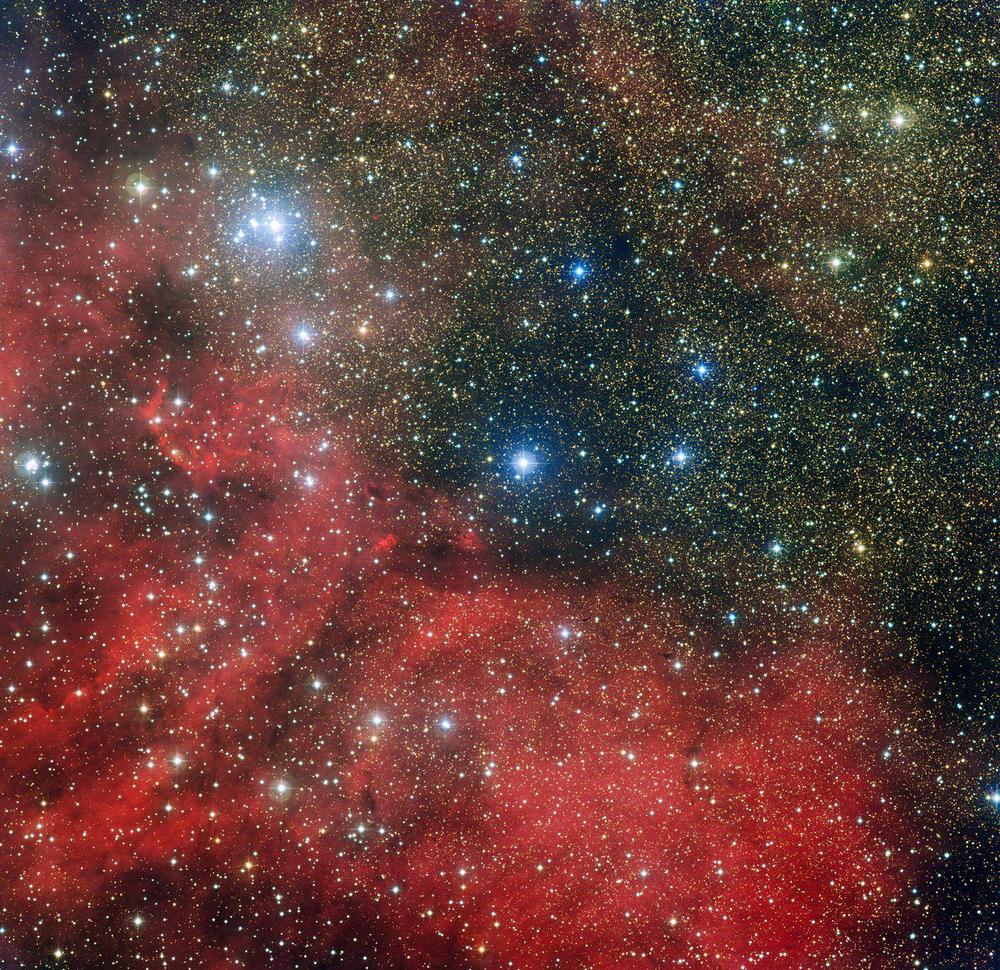Digital transformations have become a global trend in recent years. To be clear, in mainstream understanding, the term means to increase the use of data, which can then help us to build “smarter” machines, predict the future, dig out insights, eliminate human errors and maximize efficiency. However, according to the stats released by Boston Consulting Group (BCG) and McKinsey & Company, only about 30% of digital transformation projects ended up successfully. The result keeps us wondering: What are the key issues to account for such high failure rate? And more importantly, how can we resolve these issues?




